It is not much discussed, but one of the pluses in living close to nature on a daily basis — especially for children —is becoming intimate with the cyclic process of life and death.
All around me are the skeletal and fleshy remains of the once living. With all this exposure, eventually the face of death becomes nothing to be feared; even humorous with a toothy sort of grin.
Sometimes, though, there is no humour and we, instead, have to make hard choices in this cyclic dance.
Choosing between the life and death of one in order to save the life of another/others is never a simple or pain free decision.
Poet William Stafford writes of this:
Traveling through the Dark
Traveling through the dark I found a deer
dead on the edge of the Wilson River road.
It is usually best to roll them into the canyon:
that road is narrow; to swerve might make more dead.By glow of the tail-light I stumbled back of the car
and stood by the heap, a doe, a recent killing;
she had stiffened already, almost cold.
I dragged her off; she was large in the belly.My fingers touching her side brought me the reason —
her side was warm; her fawn lay there waiting,
alive, still, never to be born.
Beside that mountain road I hesitated.The car aimed ahead its lowered parking lights;
under the hood purred the steady engine.
I stood in the glare of the warm exhaust turning red;
around our group I could hear the wilderness listen.I thought hard for us all — my only swerving –,
then pushed her over the edge into the river.William Stafford
A human introduced the kookaburra into Tasmania, most likely because of its unique laughter. Who doesn’t love this raucous sound?
However, with its massive bill and highly developed hunting skills, this bird is no match for the smaller Tasmanian birds hiding in shrubs trying their best to protect their nest of fledglings.
For two reasons: One, is that they have not evolved along with the kookaburra to develop defensive strategies, and, Two, there is no natural predator in Tasmania — as opposed to mainland Australia — to help keep the Kookaburra in check from over populating their flocks.
The little birds eat the smaller insects that can infect tree populations. A flock of kookaburras will rid my grove of trees from these “protective” little birds.
My 20 gauge shotgun plays god. The ravins pick over the bones.
Likewise for feral cats (who seem to remain definite even in death).
Children brought up in the bush know all about the cycles of life and death. And, as importantly, when it is appropriate to use or not use a gun.

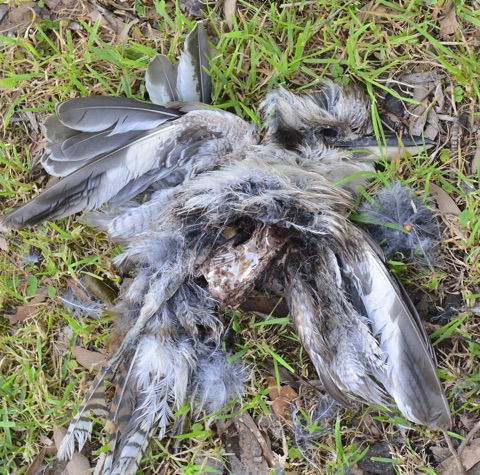
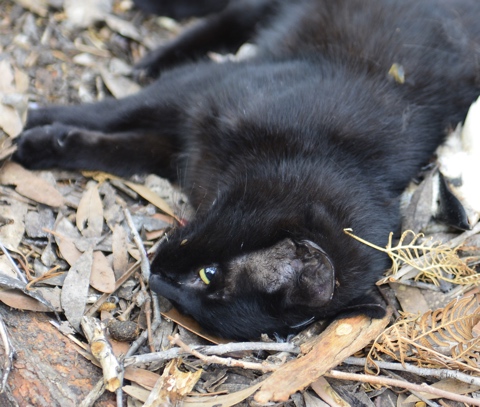
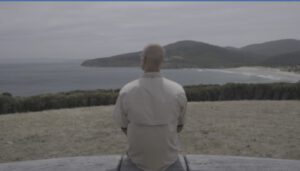
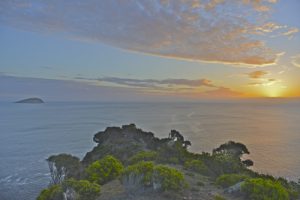
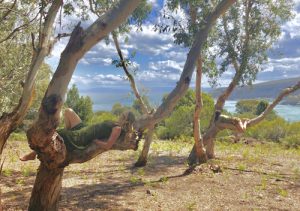
You must be logged in to post a comment.